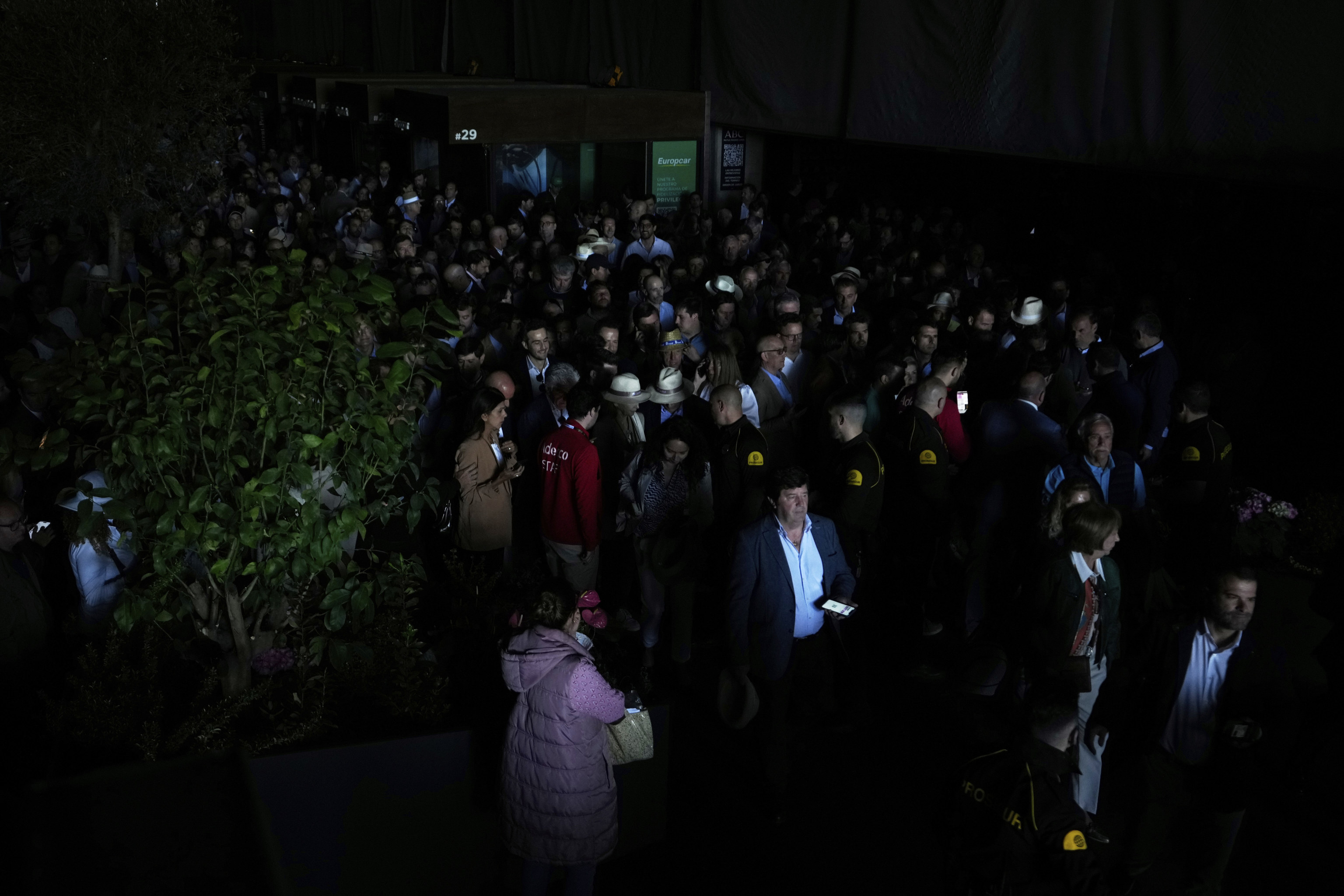The historic total blackout that the peninsula experienced served, in a way, to remind us of how robust the national system is: it is very rare for it to suffer outages like yesterday's. The electricity mix, largely supported by renewable sources, is capable of meeting demand. However, something went wrong.
What is the composition of the Spanish system?
Regarding generation, the system is composed of a multitude of sources. In 2024, the most significant were wind (producing 22.9% of the total), nuclear (19.6%), and photovoltaic solar (16.7%), which last year surpassed gas-fired combined cycle plants for the first time (13%). Hydropower has also historically had a significant share (13% in 2024), although it is affected by droughts.
From the perspective of installed capacity, photovoltaic solar is now the main source, with 33.6 GW, ahead of wind (32.3 GW) and combined cycle (26.2 GW). However, higher capacity does not necessarily mean higher production; it only indicates the potential to produce. Nuclear power, for example, only has 7.1 GW (approximately 1 GW per reactor), but the fact that nuclear plants operate almost year-round boosts their contribution to the mix.
What is the role of Red Eléctrica?
As the system operator, it must balance electricity demand and supply. Both must align: an excess of production can also destabilize the system. Thus, it has the capacity to disconnect producers if it detects an unexpected drop in demand or to activate other sources in case of a demand peak.
Do all sources serve this purpose?
Yes, but not all sources act the same way. Intermittent sources - wind and photovoltaic solar - are only available when there is sun or wind. Meanwhile, nuclear power operates more like a backup: it is always there. Nuclear plants stop for refueling - always scheduled well in advance - or occasionally, but they are almost always producing. They do so to provide stability to the system, but also because it takes quite some time for them to restart from a complete shutdown. Although coal-fired power plants are almost dismantled in Spain, their role was very similar (in theory, nuclear plants will end their operation between 2027 and 2035).
Therefore, the two sources with the most capacity to respond to sudden demand increases or system stresses are hydropower and combined cycle, which burns fuel (usually gas). For dams, they depend on water availability, so they can be more affected in drought years. As for the combined cycle, the key is for it to be already active, even at a slow pace: otherwise, it will take some time to start up, although not as long as nuclear power.
Can batteries be used to store energy?
In a way. In fact, there are already pumped storage power plants that function as giant 'batteries': when there is excess production, electricity is used to pump water to an upper reservoir; when generation is needed, the water is released to generate electricity.
Also, concentrating solar power allows storing the sun's heat in molten salts that can be used hours later to generate electricity.
In the long term, the only way to store energy is in a potential form, either with dams or in the form of natural gas... which in the future should be replaceable by green hydrogen. This is created by separating oxygen and hydrogen molecules by applying electrical energy to water. If this electricity comes from renewables, it takes on that green label, which can also be pink if produced by a nuclear plant.
Yes, not only to extend renewable production beyond wind and solar operating hours but also to maintain the balance between supply and demand. Currently, it is common to have what the sector calls 'spills', which refers to unused production; a wind turbine or a solar panel that cannot feed into the system, despite being capable of producing at that moment, because there is no demand. Using that electricity to charge any type of battery would facilitate system management.
Are national systems interconnected?
Yes, countries generally send and receive electricity to and from their neighbors. Spain usually exports to Morocco and Portugal, while the situation with France varies more frequently. In fact, neighbors - except Portugal, which also experienced an outage - were crucial in restarting the Iberian system.
